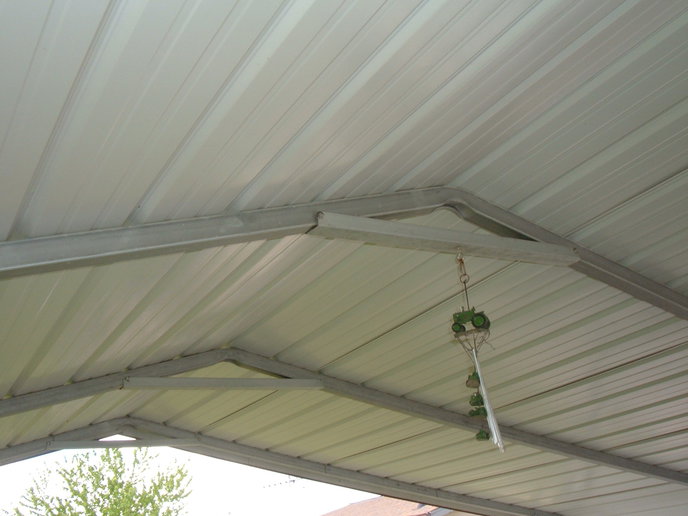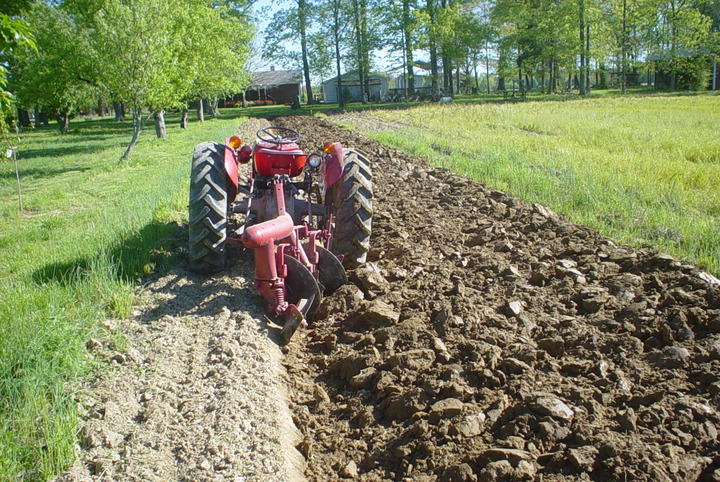Stew Mills
New User
I have a 1959 841D that was left to me and I am trying to get it running. As best I know, it has been sitting for ~3 years. Tank has diesel that of course needs draining, and I suspect I should drain the hydraulic fluid and oil as well, drain and fill the radiator, change the fuel filter, and it needs a new battery. The left rear wheel is stuck and will not roll and I suspect the brakes are rusted and I need to remove the wheel to clean it out. Also, I see the start/ignition button but where in the world is the OFF/STOP button? if I get it started I want to be able to stop it!
So...this is my first time owning a tractor and I am looking forward to breathing life into the old beauty, I just need some direction from those that are far more educated on the do's and don'ts with these projects.
Thanks in advance for any and all direction you can offer!
Stew
Auburn, AL
So...this is my first time owning a tractor and I am looking forward to breathing life into the old beauty, I just need some direction from those that are far more educated on the do's and don'ts with these projects.
Thanks in advance for any and all direction you can offer!
Stew
Auburn, AL




